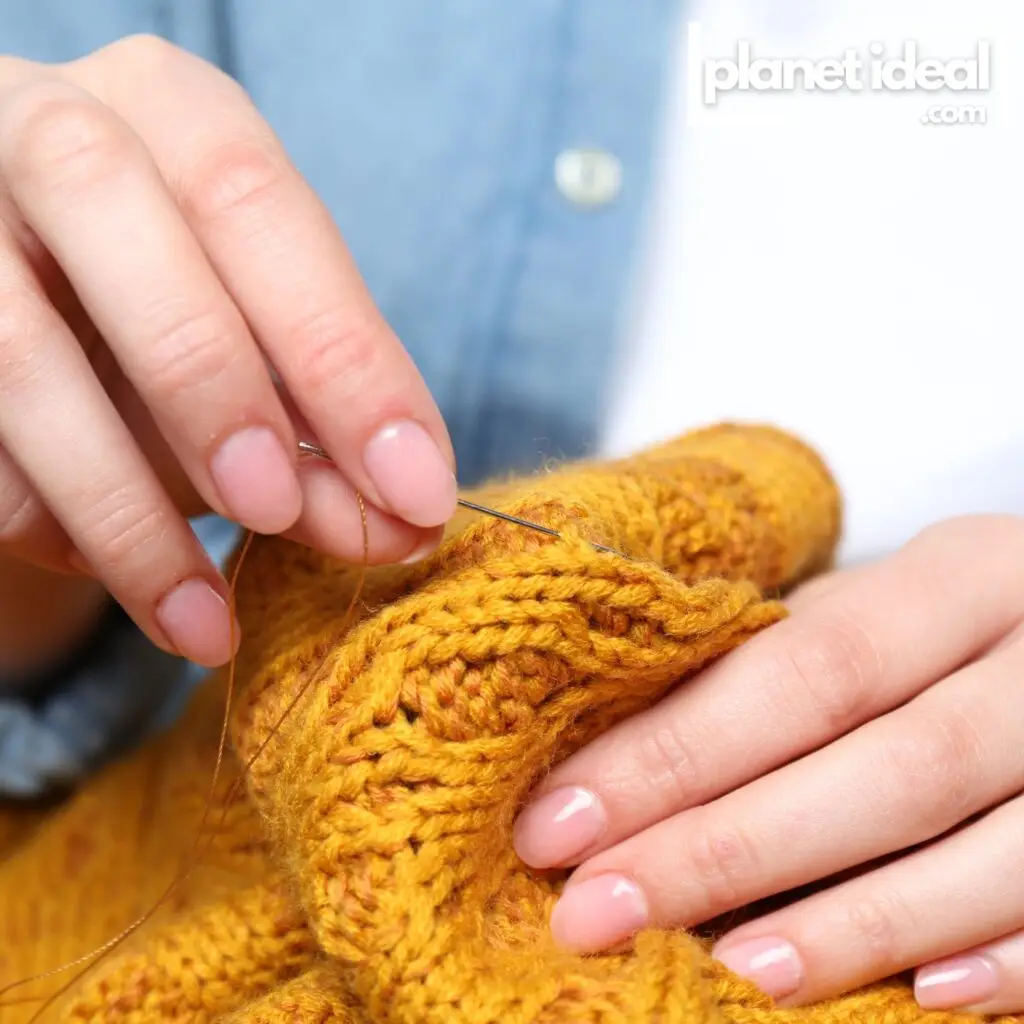Have you ever walked into a store, grabbed a trendy shirt for less than the price of a latte, and thought, “What a steal!”? You’re not alone. Fast fashion—the production of inexpensive, trendy clothing at lightning speed—has transformed the way we shop and dress. But behind its appealing prices and endless style options lies a massive problem: fast fashion is wreaking havoc on our planet.
From overflowing landfills to polluted waterways and exploitative labor practices, the true cost of fast fashion is staggering. Let’s dive into why fast fashion is killing the planet and, more importantly, how we can avoid it in favor of more sustainable choices.
Table of Contents
ToggleWhat Is Fast Fashion?
Fast fashion refers to the rapid production of cheap, trendy clothing that mimics high-end designs. Brands like Shein, Zara, and H&M have perfected this model, offering new styles weekly to satisfy ever-changing consumer demands.
The rise of fast fashion has created a culture of overconsumption. Clothes are bought, worn a few times, and then tossed aside—often ending up in landfills. This constant churn of production and disposal is taking an enormous toll on the environment.

How Fast Fashion Is Destroying the Planet
Overflowing Landfills
Every second, the equivalent of one garbage truck full of textiles is landfilled or incinerated. Why? Because fast fashion prioritizes quantity over quality, producing clothes that are cheap to buy and easy to discard.
Many of these garments are made from synthetic materials like polyester, which can take hundreds of years to decompose. Even natural fibers like cotton are often treated with chemicals that prevent them from breaking down safely.
Water Pollution and Waste
The fashion industry is responsible for 20% of global wastewater production. Dyes, chemicals, and microplastics from synthetic fabrics pollute rivers and oceans, harming marine life and ecosystems.
A single polyester garment can shed thousands of microplastic fibers during each wash. These microscopic pollutants find their way into waterways and eventually into the food chain.
Carbon Emissions
Fast fashion’s global supply chain involves farming, production, transportation, and disposal—all of which contribute to greenhouse gas emissions. The industry is responsible for 10% of global carbon emissions, more than international flights and maritime shipping combined.
Exploitative Labor Practices
Fast fashion’s environmental toll is matched only by its human cost. Workers in developing countries are often paid poverty wages and forced to endure unsafe working conditions to produce cheap clothing.

How to Avoid Fast Fashion
Avoiding fast fashion doesn’t mean giving up on style—it means making smarter, more conscious choices. Here are practical steps to help you transition to a more sustainable wardrobe:
Embrace Slow Fashion
Slow fashion is the antidote to fast fashion. It emphasizes quality over quantity, sustainable production, and ethical labor practices. Instead of buying dozens of cheaply made items, focus on investing in fewer, high-quality pieces that will last for years.
How to Start:
- Research brands committed to sustainability and fair trade.
- Look for timeless designs rather than chasing fleeting trends.
- Prioritize natural, eco-friendly fabrics like organic cotton, linen, or hemp.
Shop Second-Hand
Thrifting is not only budget-friendly but also an eco-friendly way to build your wardrobe. Buying second-hand reduces the demand for new production and keeps clothing out of landfills.
Where to Shop:
- Local thrift stores and vintage shops.
- Online platforms like ThredUp, Poshmark, and Depop.
- Community clothing swaps.
Repair and Repurpose
Before discarding clothes, consider whether they can be repaired or repurposed. A simple patch, new buttons, or a quick hem can breathe new life into a favorite piece.
For items that can’t be salvaged, think creatively—an old t-shirt can become a reusable tote bag, and worn-out jeans can transform into stylish shorts.

Rent or Borrow for Special Occasions
Instead of buying a new outfit for every event, consider renting or borrowing clothing. Rental services like Rent the Runway or local dress hire boutiques offer stylish options without the waste.
Support Sustainable Brands
Look for brands that prioritize eco-friendly materials, ethical labor practices, and transparency. Brands like Patagonia, Eileen Fisher, and Reformation are leading the charge in slow fashion.
Buy Less, Choose Wisely
The simplest way to combat fast fashion is to buy less. Before making a purchase, ask yourself:
- Do I really need this?
- Will I wear it often?
- Is it made to last?
Adopting a mindful approach to shopping can help you reduce impulse buys and build a wardrobe that reflects your values.

The Benefits of Avoiding Fast Fashion
Transitioning away from fast fashion doesn’t just benefit the planet—it improves your life in surprising ways:
- A Personal Style Upgrade: Investing in timeless, well-made pieces helps you develop a more curated and unique sense of style.
- Financial Savings: High-quality clothing may cost more upfront but saves money over time by lasting longer.
- A Clearer Conscience: Knowing your choices support ethical labor and sustainability is deeply rewarding.
Fast Fashion vs. Slow Fashion: A Comparison
| Aspect | Fast Fashion | Slow Fashion |
|---|---|---|
| Production Time | Rapid, weekly new arrivals | Deliberate, thoughtful releases |
| Quality | Low-quality, disposable items | High-quality, durable garments |
| Environmental Impact | High pollution, waste | Low impact, sustainable practices |
| Cost | Cheap upfront, costly long-term | Higher upfront, cost-effective long-term |
| Ethics | Exploitative labor practices | Fair wages and safe working conditions |
Conclusion: Change Starts in Your Closet
Fast fashion is killing the planet, but the power to change lies with us. By choosing slow fashion, supporting sustainable brands, and being more mindful about our clothing habits, we can reduce waste, fight exploitation, and protect the environment.
It’s time to take action:
- Start with one small change, like thrifting your next outfit or repairing a torn shirt.
- Share what you’ve learned with friends and family to spark conversations about sustainability and fashion.
- Remember, every purchase is a vote for the kind of world you want to live in.
Together, we can slow down the cycle of overconsumption and create a future where fashion celebrates people and the planet—not profits at any cost.
Fear not! This guide will teach you how to shop second-hand like a pro, find fabulous pieces, and save big in the process.
At Planet Ideal, we’re on a mission to make sustainable living accessible for everyone. Our team of eco-enthusiasts writes short, snappy, and easy-to-digest articles designed to inspire real change without overwhelming. From practical tips to innovative ideas, we’re here to prove that living green can be stylish, convenient, and enjoyable. Join us as we empower individuals, families, and communities to embrace eco-friendly lifestyles—one step, one story, and one solution at a time.






